It’s easy to feel overwhelmed and stressed receiving hundreds of emails a day, as it might take the entire day to respond to all incoming messages. That’s why learning how to manage your inbox is key: not only because it’s getting exhausting to spend hours sorting your email box, but because an uncontrolled inbox can easily lead to the loss of important messages.
These helpful tips will help you to better manage your emails and prevent your mailbox from flooding.
1. Get in the habit of using colour-coded labels and special tags to mark bulky or high-priority emails that require a thoughtful and clear response. This coding will help you quickly get back to more time-consuming emails when you have enough time for replying.
2. Respond to short letters straight after receiving and reading them. Try to answer briefly and succinctly, without forgetting the essence. Ensure you provide all the necessary information the recipient may need to keep the chronological order of the questions and answers.
3. Emails that do not require a response, like spam, can be deleted, archived or, for example, you can set up a spam filter to stop receiving such emails.
4. Another good way to avoid overloaded email is to opt out of sending emails whenever possible and set up all notifications on your phone.
5. Use labels and filters to organize your inbox. Installing special systems that will filter emails that don’t require reading, much less a response, is an effective and practical way to prevent your inbox from overflowing. Using shortcuts and individual folders may help you to organize everything else.
Here are some ways of how you can manage your email using ”filter” method:
• Filter emails by importance and relevance into separate folders and check them first before digging into the rest of your inbox! This way, you will organize your mail and never miss anything important. Also, use filters or folders to filter priority emails containing specific words or topics.
• Marking emails as read or essential, labelling them, or forwarding them to someone else if needed.
• Some email service providers have an automatic notification function that comes to your phone if you receive an email. If so, use the support section of your email provider to learn how to set up rules, labels, and filters in your mailbox.
• Snooze emails until later. If you need to reply to a letter and know that it will trigger a thread of letters that you may not have time for, you can postpone the email later. Gmail has a “snooze” feature that allows busy people to keep up with a crowded inbox by allowing you to schedule an email for a specific date/time.
Email Clogging Control: Avoid Unnecessary Web Messages
Finally, you can pay a little extra and try alternative email solutions. They have features that will allow you to work from anywhere, share files, provide you with an online calendar, and will enable you to organize your inbox much more efficiently.
Popular email solutions include:
• Google Workspace (G Suite) – a powerhouse of productivity!
• Google Docs – serves as collaborative software that allows you to view and edit documents, spreadsheets and presentations together in real-time through a web browser or mobile device
• Gmail – fast and efficient web-based email service, gives you significant amounts of storage space and robust search capabilities
• Hangouts – used for video conferencing and instant messaging
• Google Drive – for shared and secure file storage
• Google Calendar – intended to help keep track of time and schedules
•Microsoft Office 365 – from Word to Powerpoint – you will be provided with online versions of all MS Office programs
• Outlook – mailbox and calendar of your company in the cloud.
• Skype for Business – used for convenient video calling
• OneDrive – analogue of Google G Drive from Microsoft.
• Zoho Office– much less common, but noteworthy alternative. Zoho offers low-cost software solutions such as CRM, accounting, email marketing, and now its business productivity suite.
The range of tools available is almost limitless, but it also introduces additional complexity that may seem more confusing than helpful.
The choice is yours!

